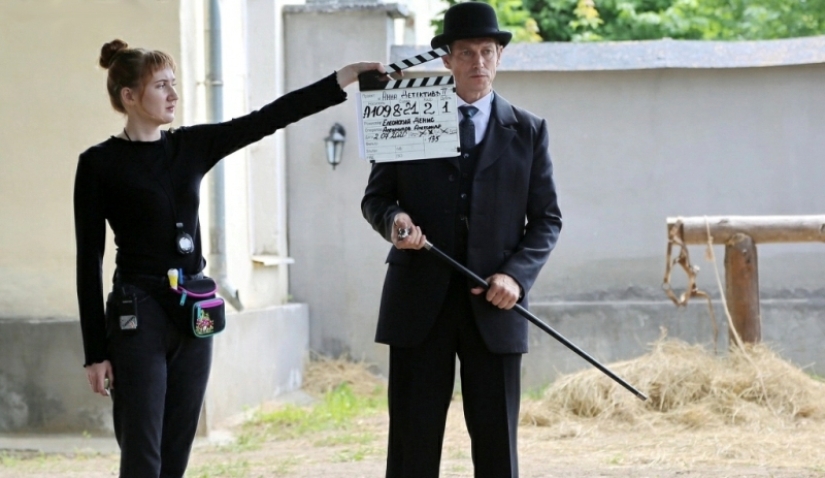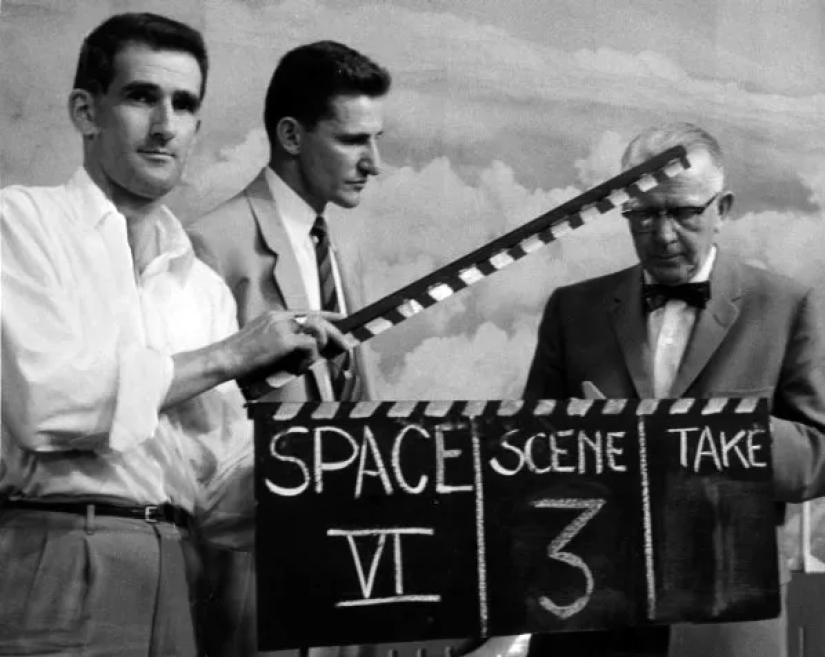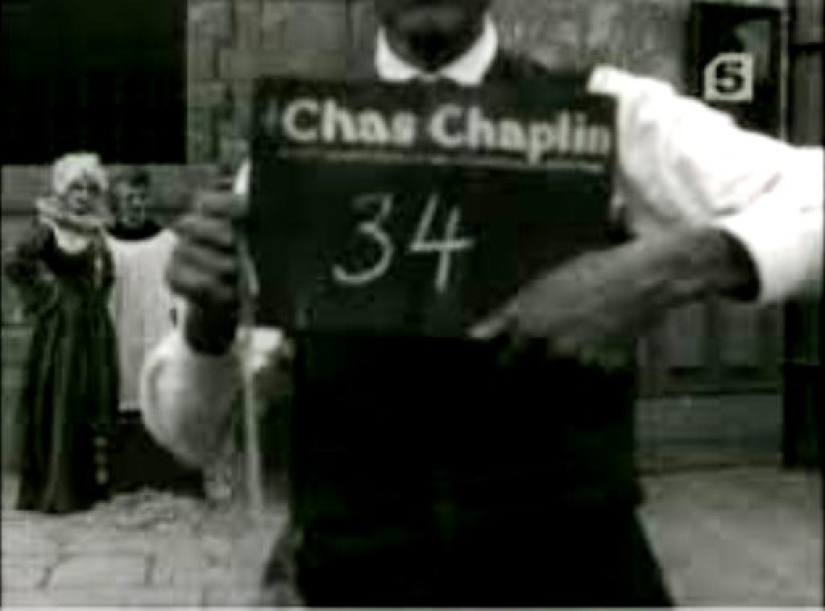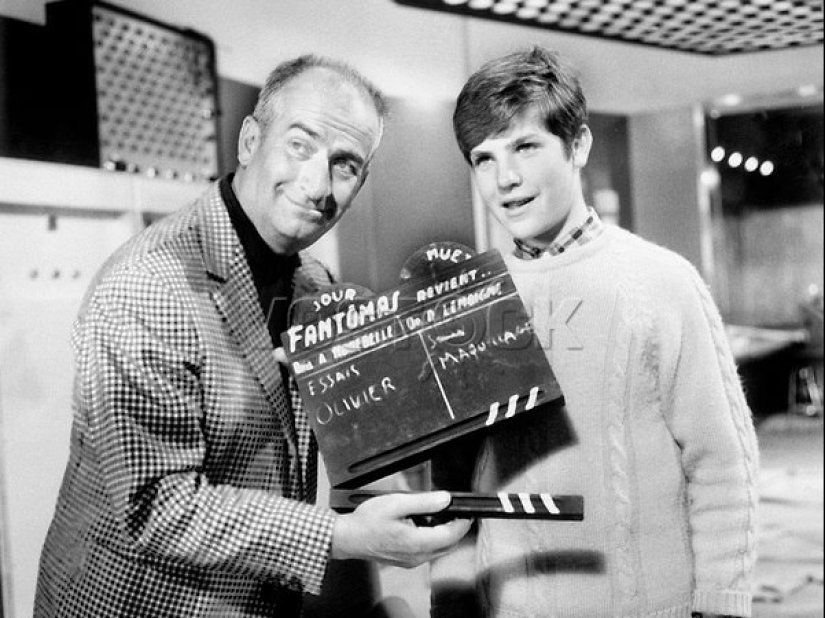Why Filmmakers Need a Clapperboard on Set
Categories: Cinema | Technology | World
By Pictolic https://pictolic.com/article/why-filmmakers-need-a-clapperboard-on-set.htmlThe clapperboard has long been a symbol of cinema. When we see this object, we immediately understand that we are talking about cinema. But do you know why this object with the film title, date, scene number, and take number written on it is needed? Why does the camera assistant show the clapperboard in the frame and click it?

Most films are between one and a half and three hours long. But it takes many months to create such a film, and the process begins long before filming. First, the authors write the script, then they look for financing, cast actors, and assemble a film crew. And only then does the production phase begin, where the key stage is work on the set.

Then comes the time for no less important stages of post-production: editing, voice-over and creating visual effects. It is absolutely clear that filmmaking is a complex and labor-intensive process. Filmmakers use a variety of equipment in their work. The clapperboard is one of the simplest, but at the same time the most important devices.
This device helps editors, sound engineers, and visual effects specialists easily navigate the footage and synchronize their work. For a 90-minute film, sometimes dozens of hours of footage are shot. Some of it will be included in the main version, some in the director's cut, and some we will never see.
It would be strange if directors, editors, sound engineers, discussing the work said: "Well, remember that moment, with the shootout, where the car was burning. Closer to the end." This is long, unprofessional and unproductive. We are talking about an episode, a separate take, or even just a few seconds of material.

The clapperboard helps organize the footage and reduces the likelihood of editing errors. With the take and frame numbers and the time indicated on the board by the camera assistant, filmmakers can easily navigate through the vast amounts of footage. They don't have to spend hours reviewing episodes because they have the scene number, take number and exact time.
But why is the clapperboard clicked in the frame, instead of just showing it so that the captions are visible? This is done for the sound engineers. The click or clap is a clearly distinguishable sound even in the noise of the film set. Thanks to it, it is easy to synchronize the sound and video during post-production.
The clapperboard was invented at the beginning of the 20th century, at the dawn of cinematography, by Australian Francis William Thring. He is known as a director and producer, but he began his career in a shoe shop. To make ends meet, shoemaker Thring performed magic tricks on weekends.

One day, Francis decided that he needed to keep up with the times and master modern, promising professions. And he studied to be a projectionist. Thring liked cinema so much that a few years later he opened his own Paramount cinema in Melbourne, and a little later founded the film studio Efftee Studios.
While working with film, Thring noticed a serious problem: it was difficult to identify the shots in the film industry. In those days, things were even more complicated because the film was silent and you had to rely only on the visuals. To avoid getting confused in the scenes, Thring suggested writing the name of the film, the number of the scene and the take on a slate. This board was shown at the beginning of each take, and during editing such shots were removed when they became unnecessary.

When cinema ceased to be silent, Thring faced a new challenge – synchronizing the soundtrack with the filmed frames. Then he came up with the idea of using two bars connected by a simple hinge to create a clear pop. True, the Australian’s invention was rather cumbersome, and two people had to operate it.
But it was not yet a full-fledged movie clapperboard, because the slate and the bars were two separate devices. It was decided to combine them together in Hollywood, at the Universal studio. Two Thring bars were connected to the slate board and the device was made compact. Since then, the clapperboard has been an integral part of the filming process.

Nowadays, there are different types of numbering clappers. Most often, acrylic glass models are used, on which information is written with a marker. Sometimes, built-in lighting is used, which helps to distinguish inscriptions in the dark. Recently, clappers with LED displays have also been used, synchronizing with cameras in automatic mode.
The clapperboard has come a long way from a simple board with notes to a high-tech device, but its main function remains the same - to simplify the process of filmmaking. Do you think the digital era will be able to completely replace the classic clapperboard, or will the traditions of cinema remain unchanged? Share your thoughts in the comments!
Recent articles

If we talk about multi-faceted talented individuals, then we can safely cite Pavel Vlasov as an example. Although this name won't ...

In the estates of landlords under serfdom, servants of various profiles lived and worked. It was believed that the more servants a ...

New York-based photographer Ryan McGinley is known for his unusual, heart-wrenching projects. His series "Kiss and Make ...